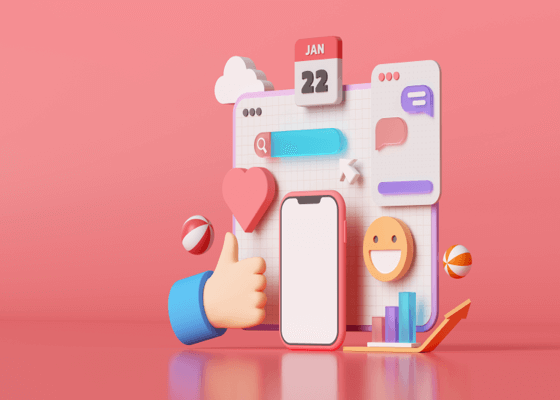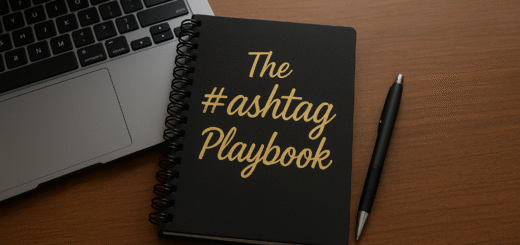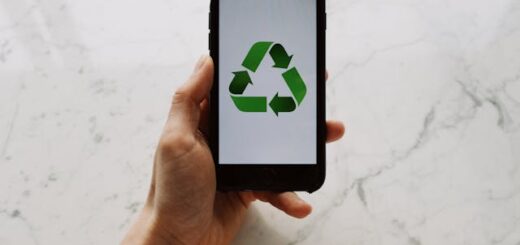10 Business Email Phrases to Stop Using with Clients and Customers
You might be thinking one thing when you write your email to your customers, but your customers might interpret what you wrote in an entirely different way.
Unlike a face to face meeting, email only has words to rely on for meaning. There are no facial expressions and no tone of voice. That’s why it’s so easy for your meaning to be entirely lost on your reader.
Worse yet, you can actually alienate someone simply by using the wrong word or phrase, and you’ll have no idea why a good customer suddenly unsubscribed from your list.
In a study published in the Journal of Personality And Social Psychology, only 56% of email recipients accurately interpreted the tone and meaning of an email.
That means there’s a good chance half your subscribers won’t fully grasp the meaning of the next email you send.
How can you avoid problematic misunderstandings with your customers?
Begin by removing the following commonly used phrases which are unnecessary, cliché, and easy to misinterpret.
Email Phrases to Avoid:
- “Sorry to bother you”
Opening with an apology immediately undermines your credibility. Instead, get straight to the point and let them know why you are contacting them.
- “Let’s touch base”
This is vague, overused and completely meaningless.
Instead, be specific. “Let’s talk Tuesday morning to decide if we’re going with Plan A or Plan B.”
- “To be honest with you … “
Ouch! The moment I hear this I assume the writer hasn’t been truthful in the past or is about to tell a lie.
Simply tell it like it is without using this phrase. Ever.
- “You should … “
I’ve been guilty of using this and I apologize for it. I should never tell you what you ‘should’ do. It’s just rude.
While you might use this phrase in person with success, it can be easily misinterpreted as pushy or dismissive over email.
It’s okay to say, “I recommend…” or “Try this…”
The goal here is to offer friendly advice instead of ultimatums.
- “No problem”
People say this in response to, “Thank you.” The problem with ‘no problem’ is that it implies it actually was a problem and you’re forgiving them rather than accepting their thanks.
Instead, simply say, “You’re welcome.”
- “I’ll try … “
This wishy-washy phrase doesn’t instill confidence in your ability to get the job done.
Instead, only promise to do what you know you can do and let them know you will get it done. Period.
- “The problem is … “
Problems connotate that you don’t have control over a situation. Instead, say that you are working on the challenge and will have it fixed in a stated time frame.
- “I completely understand how you feel”
Unless you’ve ever been in this exact same situation before, saying that you know how they feel comes across as arrogant and condescending.
Instead, say something like, “I can see how frustrating this is for you, and I want you to know we are fixing it immediately.”
- “As I mentioned before … “
No matter how tempting it is to say this in an email… DON’T. Yes, you’ve written the same information twice or maybe twelve times, but your customer gets a couple hundred emails a day and either never saw it or immediately forgot it, so forgive them and just answer the question again with all due politeness and respect.
And if you feel you’re hitting a brick wall, you can always try a phone call.
- “Checking in”
What does this even mean? When someone sees “checking in” in the subject line, they’re likely to freeze because they’re worried they forgot something.
Instead, get straight to the point in the subject line so they’re not frightened or confused when they respond.













